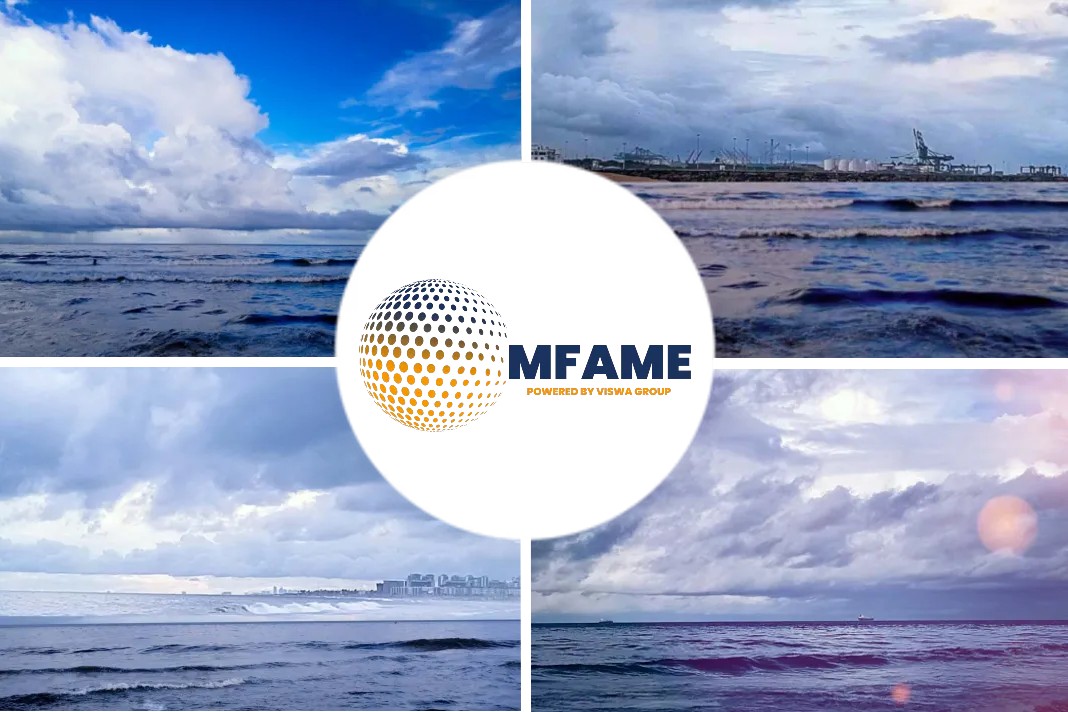
According to the Paris Agreement, CO2 emissions shall be reduced to limit global warming to well below 2°C, preferably max 1.5°C. By 2050 the Paris Agreement aims to reduce global warming to 1.5°C resulting in a net-zero carbon emission society. In order for this to be achieved, a medium-term political target of significant CO2 reduction by 2030 is required to reach the 2050 goals.
Within this timeframe major shore-based CO2 contributors cannot develop and install new processes and facilities. Hence, one solution is to capture the CO2 to reach the goals.
Future fuels of shipping
Major CO2 contributors in Europe are the energy sector and concrete production, but also the production of methanol and ammonia. Methanol and ammonia, however, are considered the future fuels of shipping. This is due to the possibility of producing them as “blue fuels” where, from the outset, CO2 normally released during production can be captured and stored.
The captured CO2 will be stored in offshore oil fields either as part of the enhanced oil recovery (EOR) process, which is already taking place on a small scale, or it can be injected into emptied and discontinued fields with storage as the sole purpose.
The value of CO2 as a “trade product” is based on political taxes and funding. One of the main drivers is the CO2 tax that controls the value of CO2. The CO2 tax is expected to increase in the years to come; hence, transporting captured CO2 to storage or EOR sites makes it more attractive today.
In the above-mentioned value chain, transport of CO2 by ship from captured locations to offshore storage areas, as well as onshore terminals will be a major industry that requires a new kind of vessel: the dedicated CO2 carrier.
The CO2 carrier will be a DP-2 ship with an anchor loading system. It will have tanks for storage and transfer equipment for the off-loading and optional heating of CO2 to pressure and temperature for the underground injection site.
The ship is equipped with a novel propulsion system that features a twin-skeg design with two contra-rotating propellers providing significant fuel savings, as well as contributing to the station keeping performance.
Did you subscribe to our daily Newsletter?
It’s Free! Click here to Subscribe!
Source: Knudehansen














